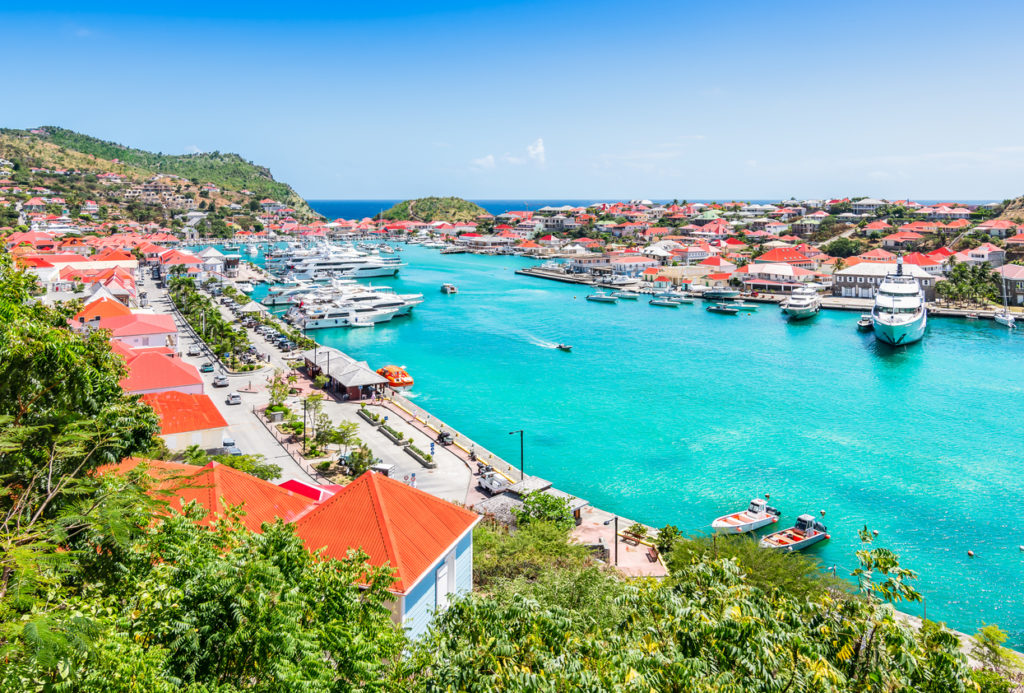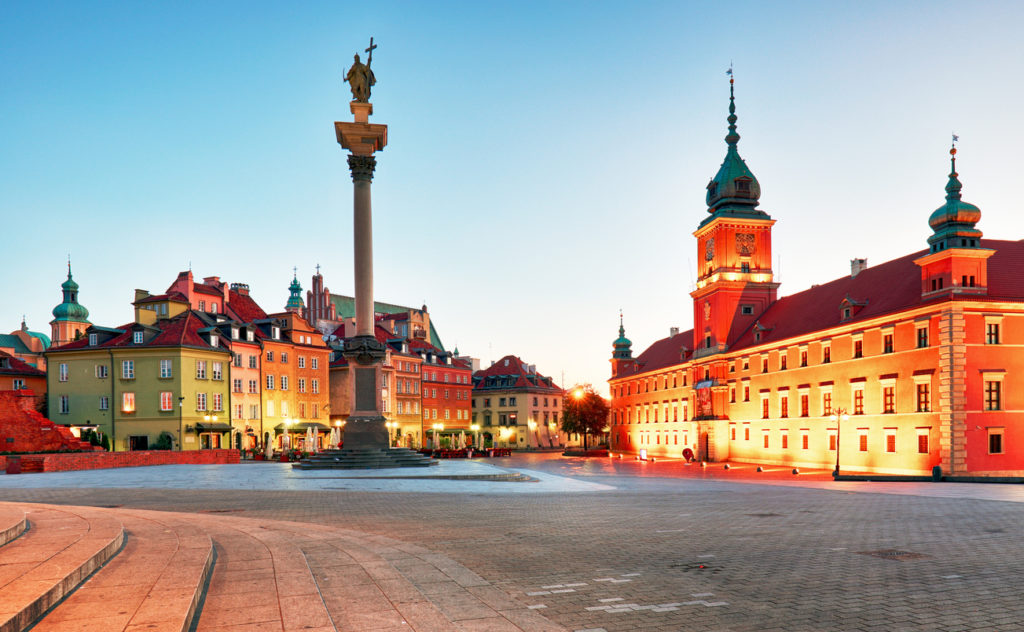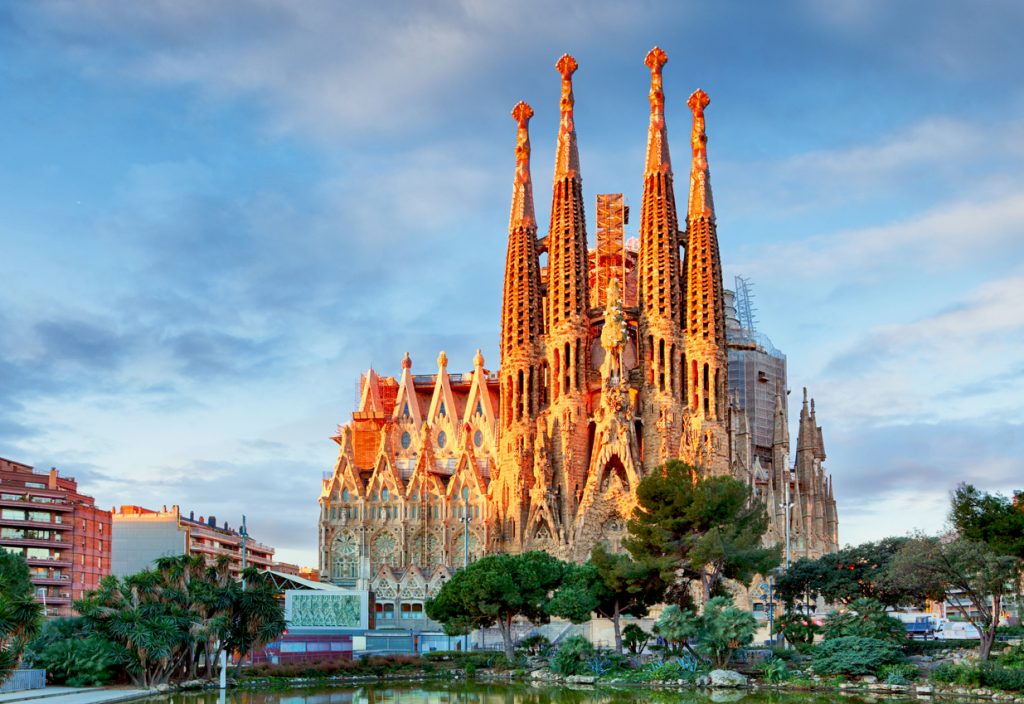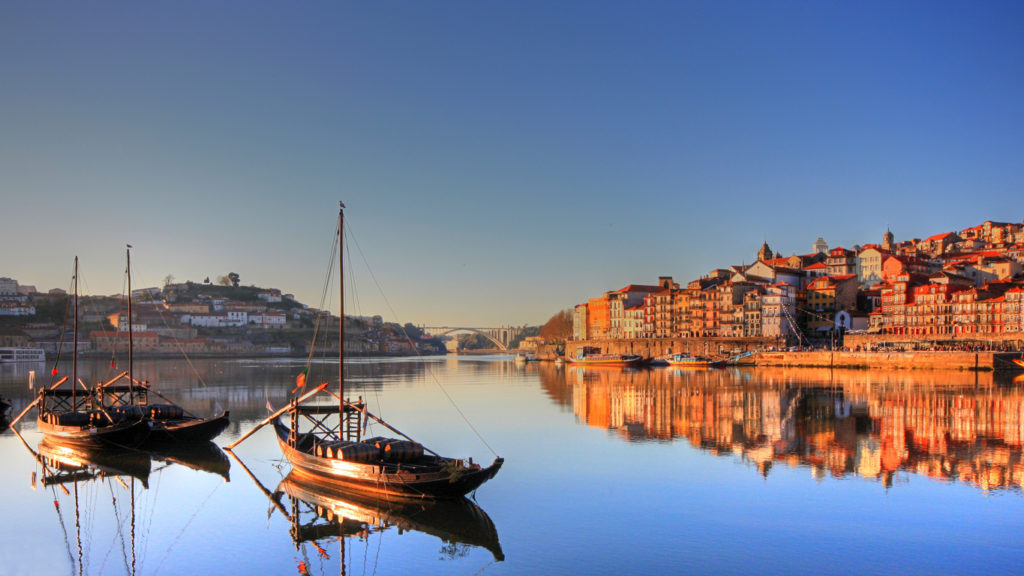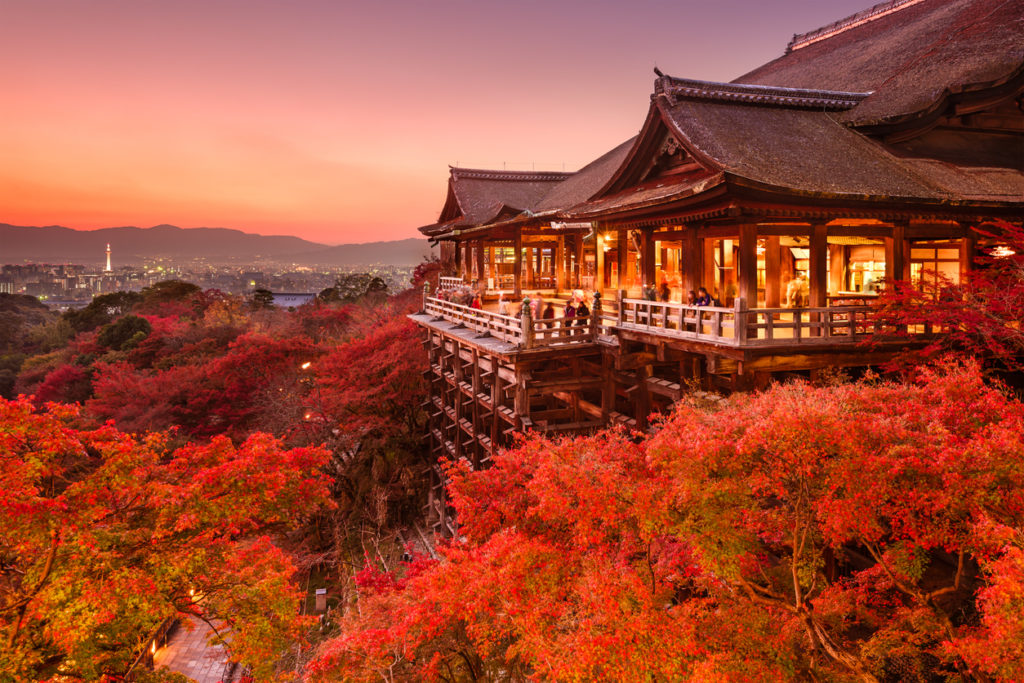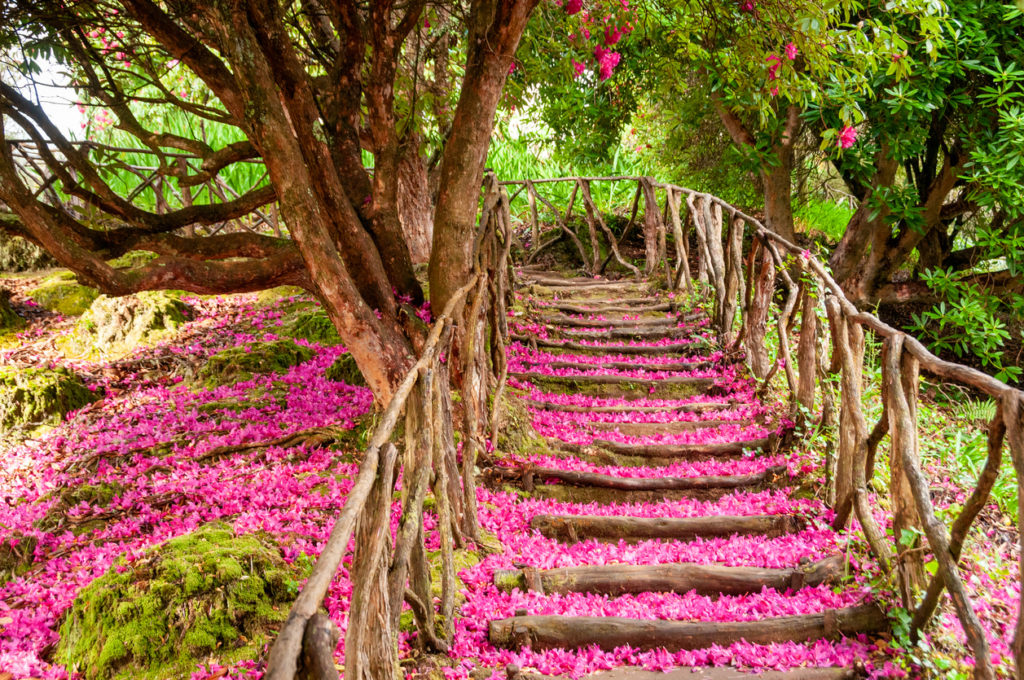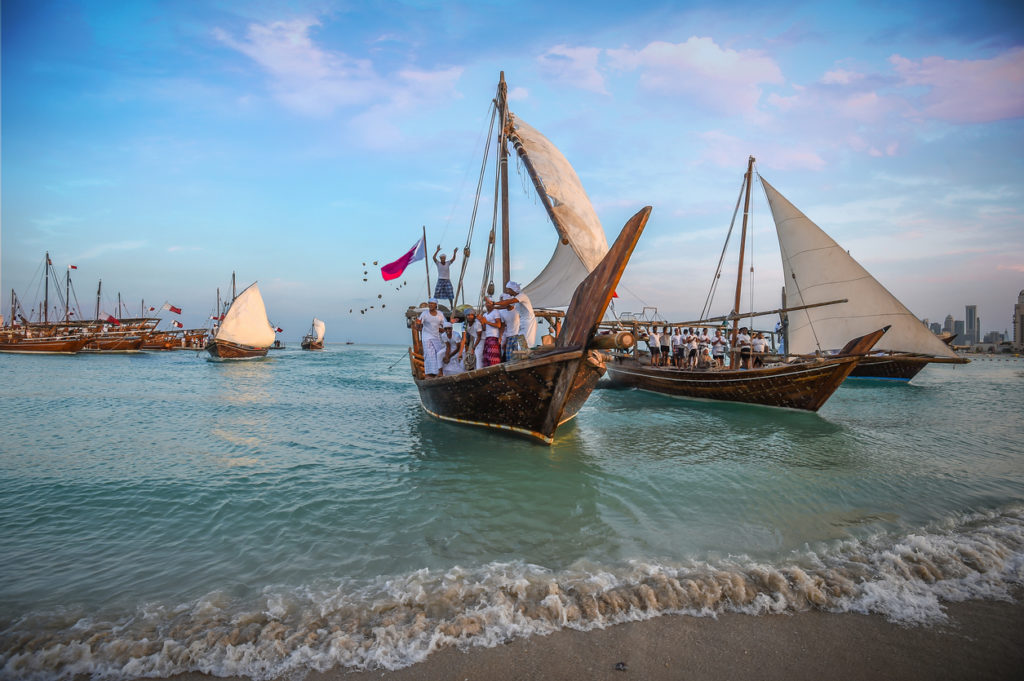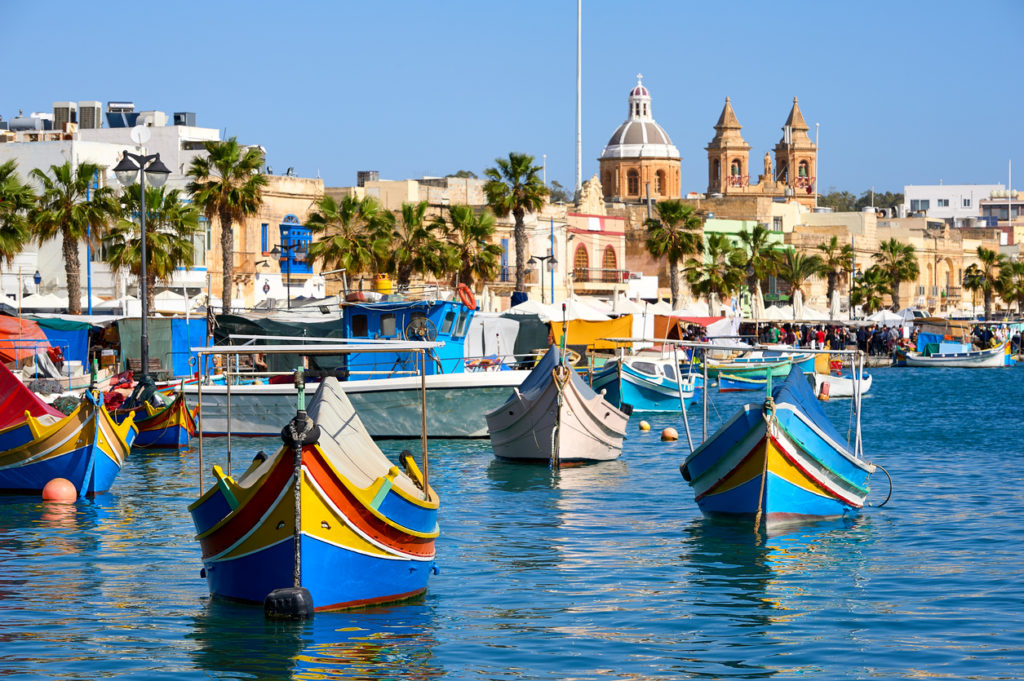
The sunny archipelago of the island shines bright in the Mediterranean luring travelers for Cultural Malta with its impossibly beautiful beaches, crystalline waters, and fascinating history. Despite its relatively small size – only 316 sq km, Malta has cramped within its borders more than 7,000 years of history. Visitors get to delve into a fascinating universe that takes them from the Neolithic times to the present.
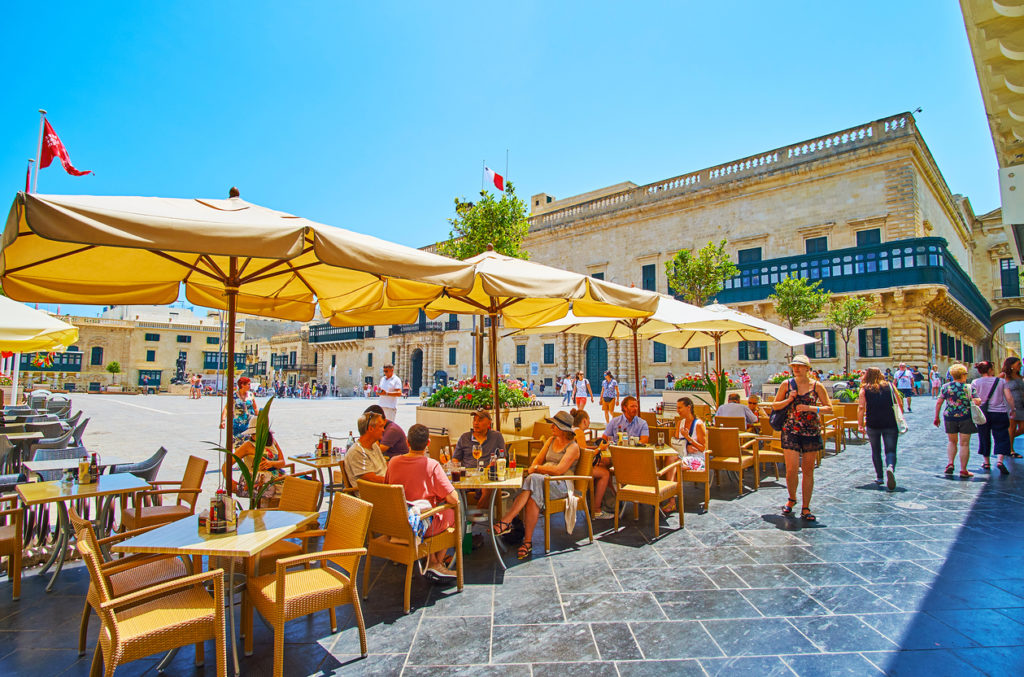
Malta has been shaped by numerous civilizations and cultures, such as the Phoenicians, Romans, Greeks, Normans, Sicilians, Arabs, The Knights of St John, as well as the French and British. It’s only natural for the land of its inhabited islands – Malta, Gozo, and Comino – to still hold thousands of years old mysteries and secrets, as well as testaments to the glory, talent, and perseverance of its past inhabitants and rulers.
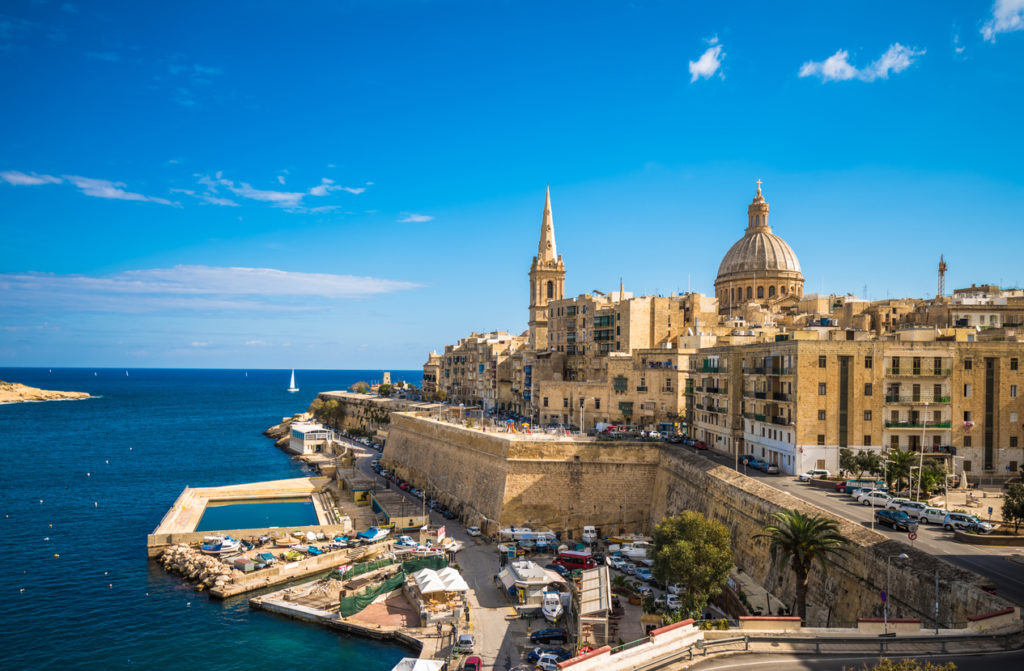
From the Neolithic era
The past is well preserved in Malta, cherished and clearly visible at every corner. Malta is indeed an open-air museum, intriguing and awe-inspiring, a destination that beautifully blends the charm and laidback style of a summer destination with the glory and appeal of a historical destination rich in traditions, cultural sights, and fascinating tales of the past.
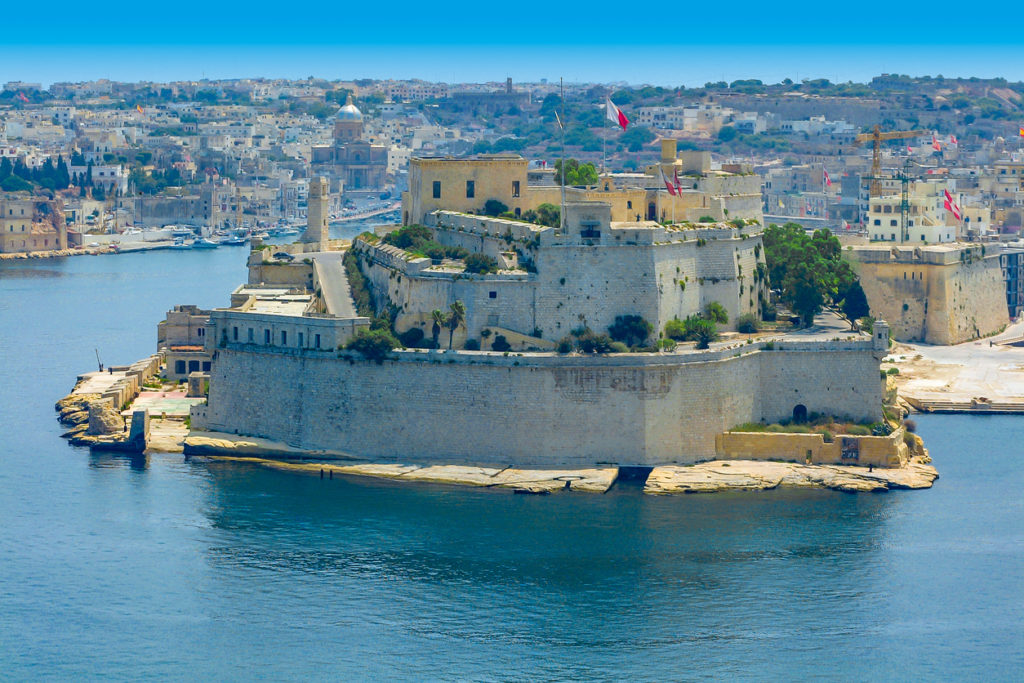
Due to its strategic position in the center of the Mediterranean, Malta has been a magnet for many civilizations eager to take advantage of this. Cultural Malta is the result of numerous nations and neighboring countries that have left their mark on the local history and traditions. The archipelago was occupied by a great number of powers, but its history stretches far beyond its invaders.
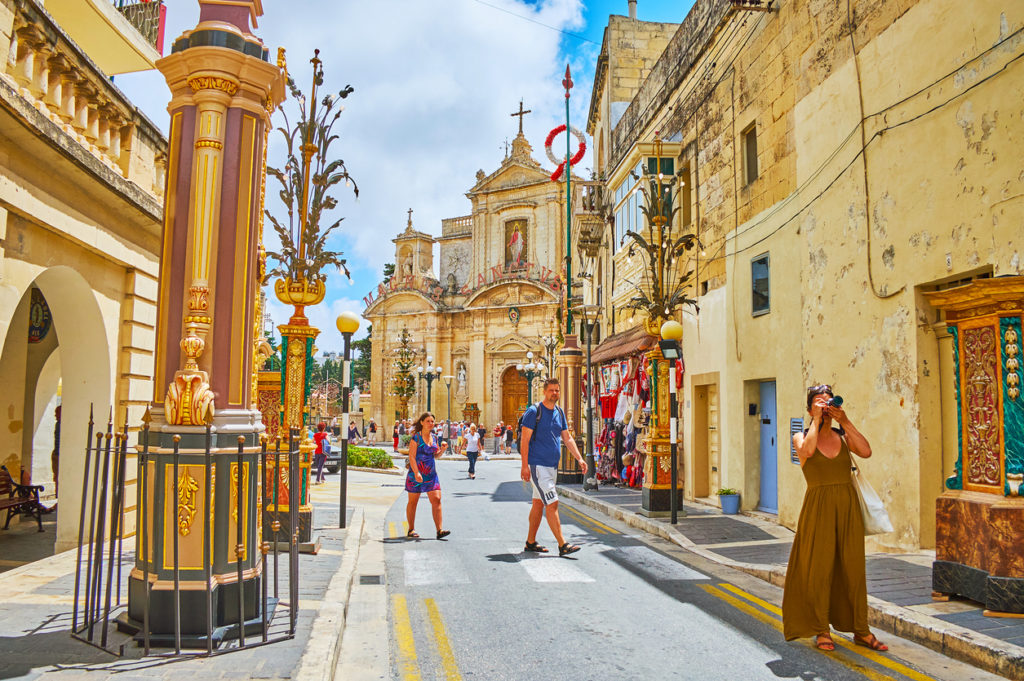
History buffs are in love with Malta’s megalithic temples that date back to the 4th and 3rd millennium BCE when the Neolithic people inhabited the island. Malta is currently home to six UNESCO-listed Megalithic Temples, all worthy of your time and attention, especially if you love prehistoric sites. Two of the temples, Mnajdra and Ħaġar Qim can be visited in Qrendi. They are considered to be among the oldest buildings in the world.
The Hypogeum of Ħal Saflieni situated in Paola, 5 km from Valletta, houses another impressive Neolithic site, a colossal underground cemetery with rock-cut chambers and passages and walls decorated with prehistoric paintings.
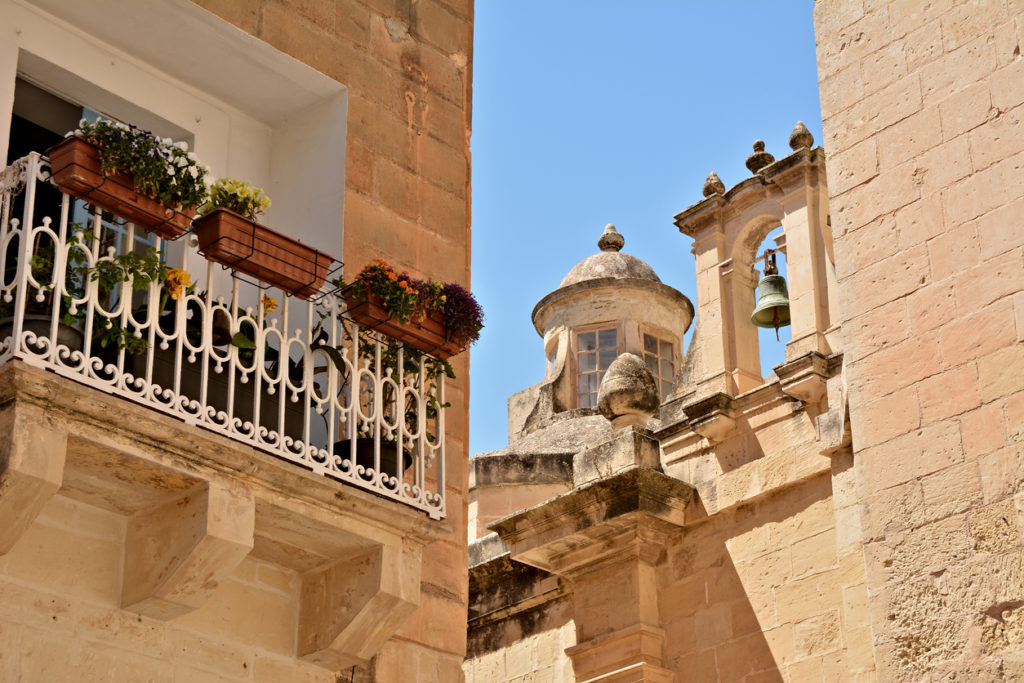
To the Golden Age
However, if there is one page of history everybody knows about, this is definitely the one that narrates tales about the Knights of St John. Malta’s history is often associated with the presence of the knights of its territory from 1530 to 1798. The knights brought Malta into its Golden Age embellishing the islands with architectural and artistic gems, and establishing reforms in the health and education sectors.
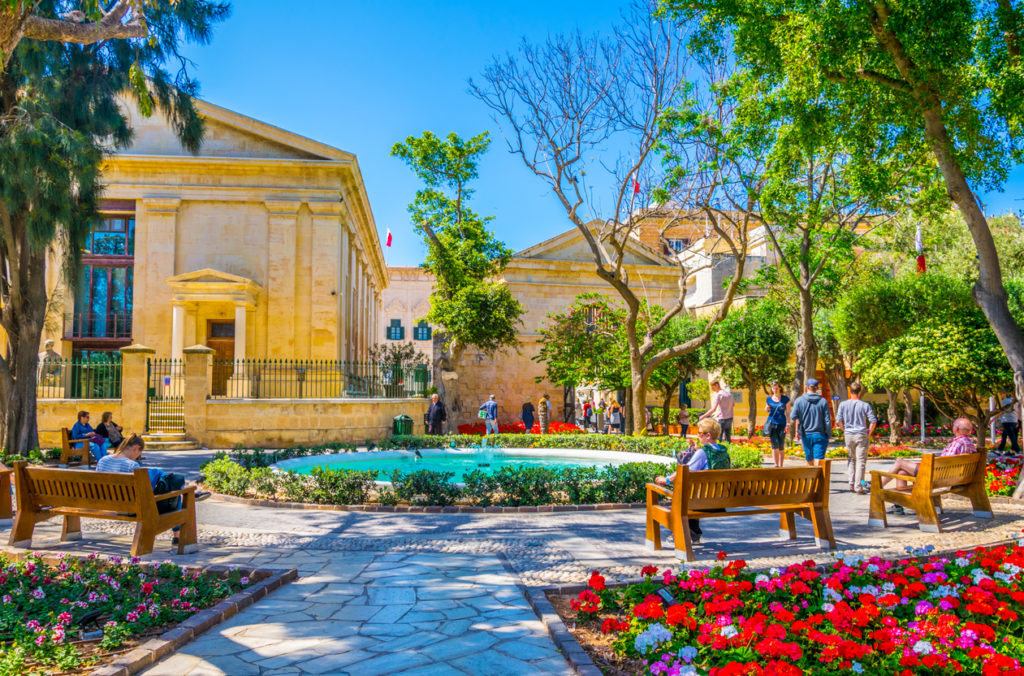
Most of the majestic Renaissance and Baroque towns in Malta have been shaped by the Knights of St John. Their inspiration, talent, and perseverance have created the beautiful Valletta, Malta’s capital and the European Capital of Culture in 2018, as well as a UNESCO World Heritage Site. The city was built by the knights in the 16th-century and many of its initial buildings – richly ornate churches and sumptuous palaces are still here to be admired and studied.
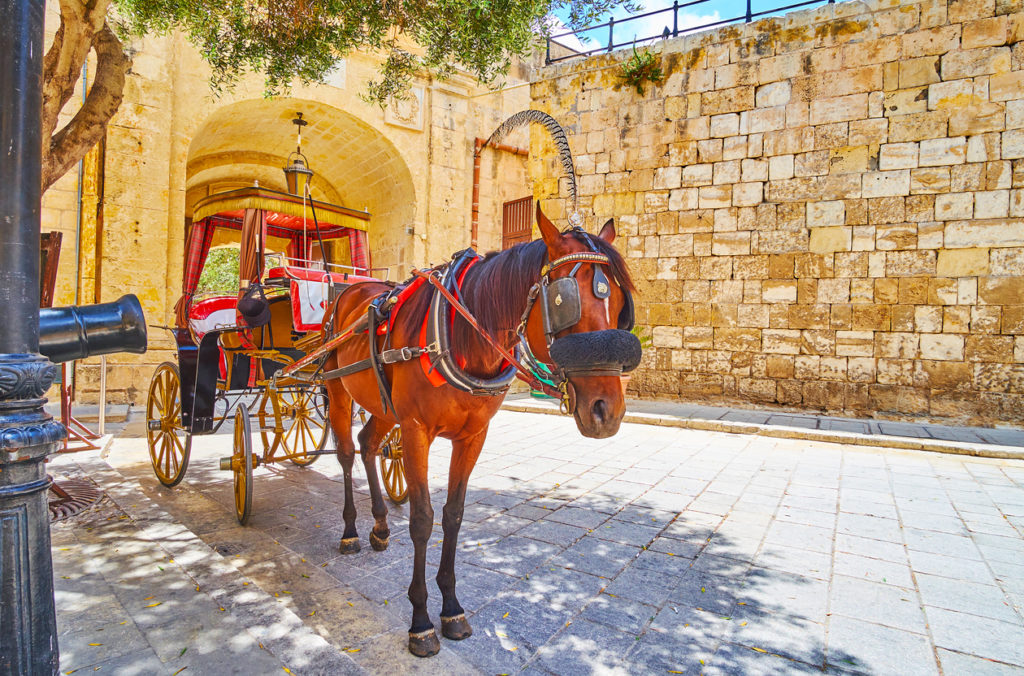
If you visit Valletta don’t miss the St John’ Co-Cathedral, one of the largest and most beautiful churches on the continent, an architectural masterpiece that houses a Caravaggio painting illustrating the beheading of St. John. Also add a visit to the Grand Master’s Palace, once the residence of Malta’s Grand Master and currently Malta’s Parliament House. Tour the palace to admire gorgeous art, furniture, and tapestries, and head down to the basement to find one of the largest collection of armory in the world.
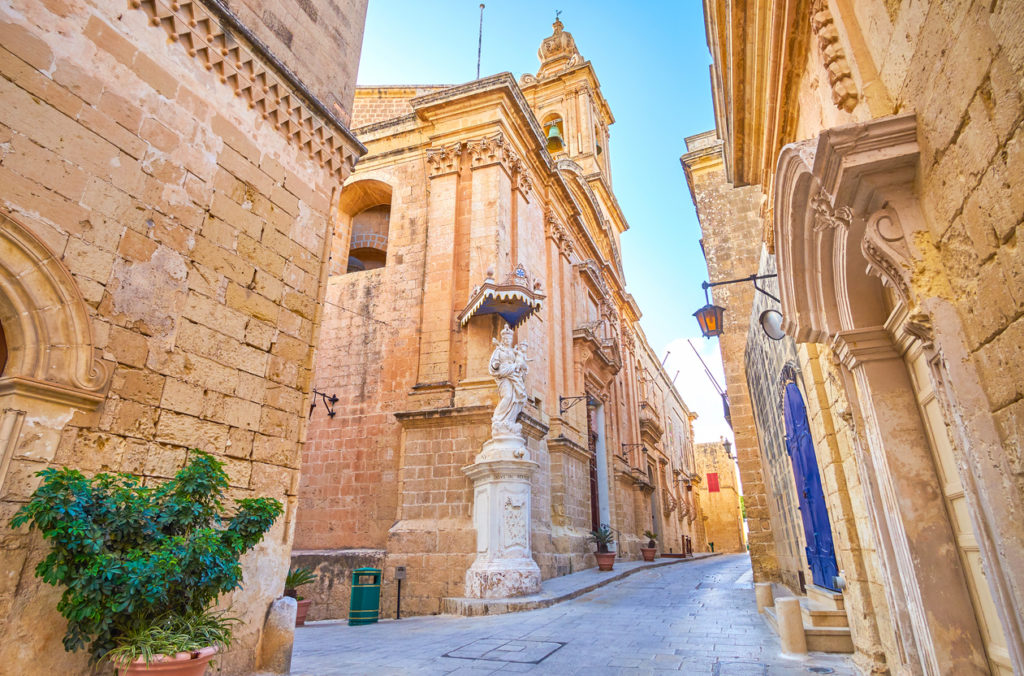
Mdina
Malta’s old capital. The medieval city of Mdina, will take you back to Baroque times and invite you to wander on its narrow and winding cobbled streets in search of beautiful architecture and captivating historical tales. With its imposing walls and gorgeous architecture, Mdina fascinates visitors of all ages. Do visit the 17th century Mdina Cathedral to admire another creation of the skillful Knights of St John and the 13th century Palazzo Falson to for a chance to discover beautiful art and antiques. Don’t miss the Mdina Experience, an audio-visual show, to learn more about the island’s culture and interesting past.
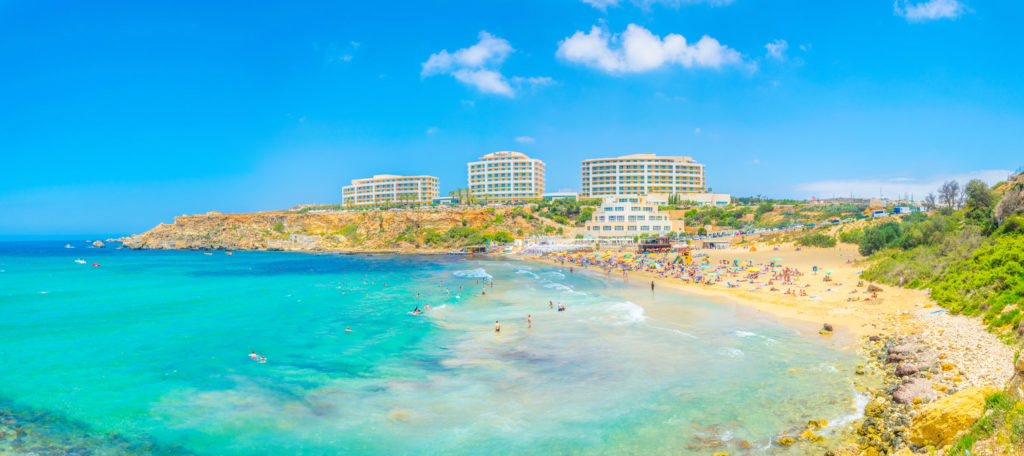
And into the present
The knights had to give up Malta to Napoleon in 1798. The French held on to Malta briefly until 1800. Then the island became a protectorate of the British Empire. The French made an impact on the local culture and society. Besides adding French expression to the Maltese vocabulary. They also abolished slavery, introduced a secondary school system, and wrote a new Civil Code of law. However, they’ve also stolen precious art items from churches and confiscated monasteries. These acts revolted the Maltese people, a religious nation, and opened the door for the British to take over.
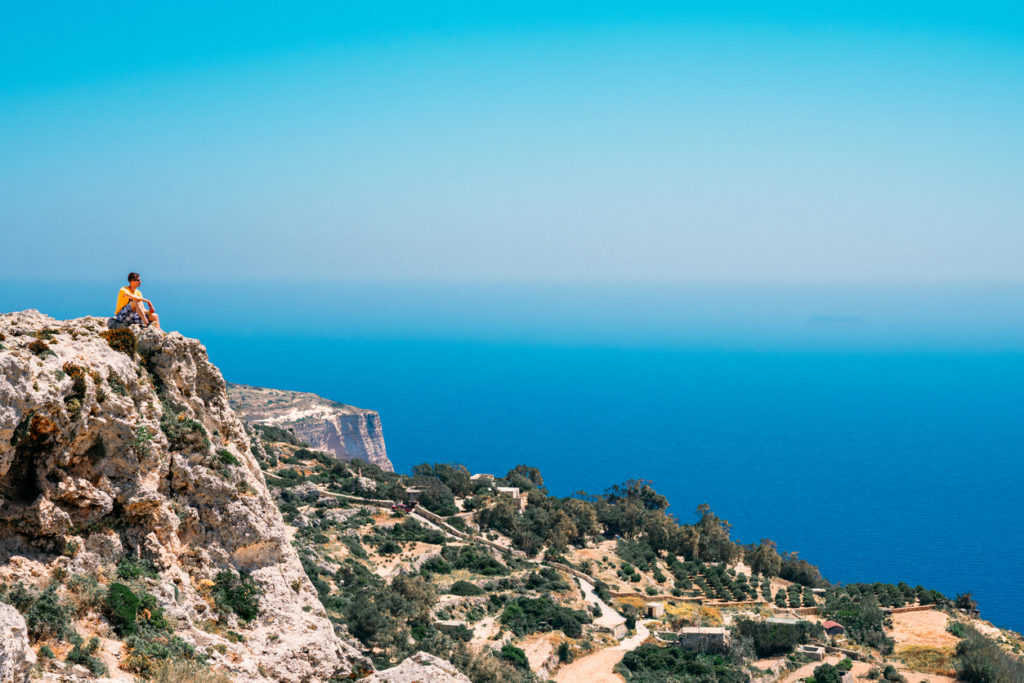
The British have ruled Malta between 1800 and 1964 and have influenced the culture, language, and politics of the archipelago. The brought Malta into the future and improved many sectors. Moreover, the English language is widely spoken in Malta now, becoming a national language in 1936, when it replaced Italian. The British also brought Neo-classical and neo-gothic architecture to Malta beautifully illustrated through superb palaces.
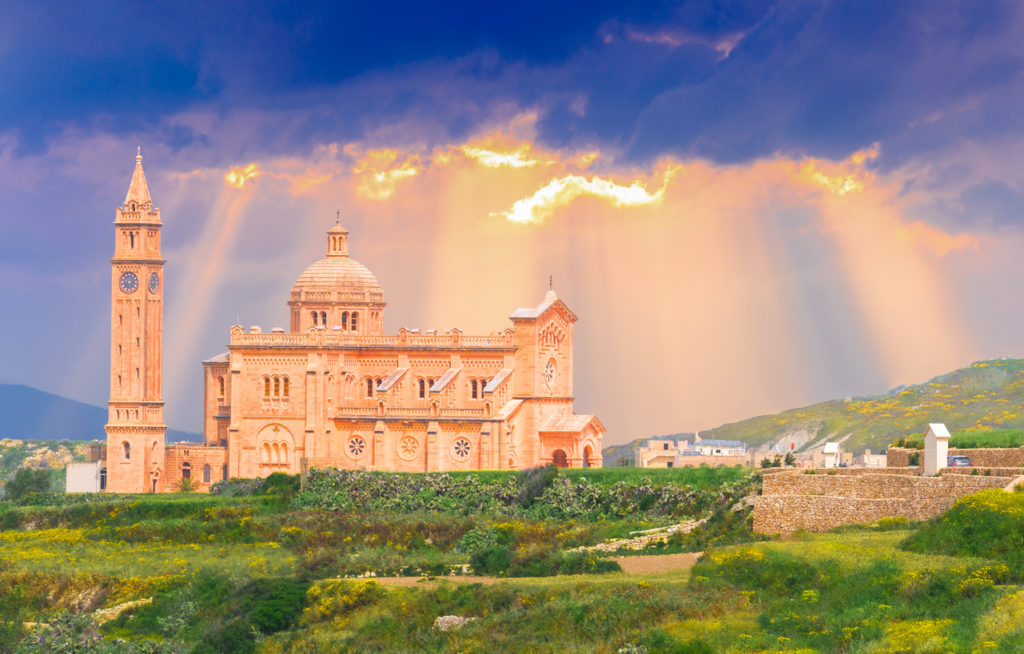
Religion
Religion in Malta is Roman Catholicism and many Maltese still attend church celebrations. There are about 365 churches in the Maltese Islands. Numerous religious events take place yearly gathering communities to celebrate their spirituality. More than 98% of the population is Catholic therefore religion plays an important role in Malta’s way of life. Catholicism has been brought to Malta by St. Paul, around 60 AD, who shipwrecked on Malta’s shores and converted the local pagan population.
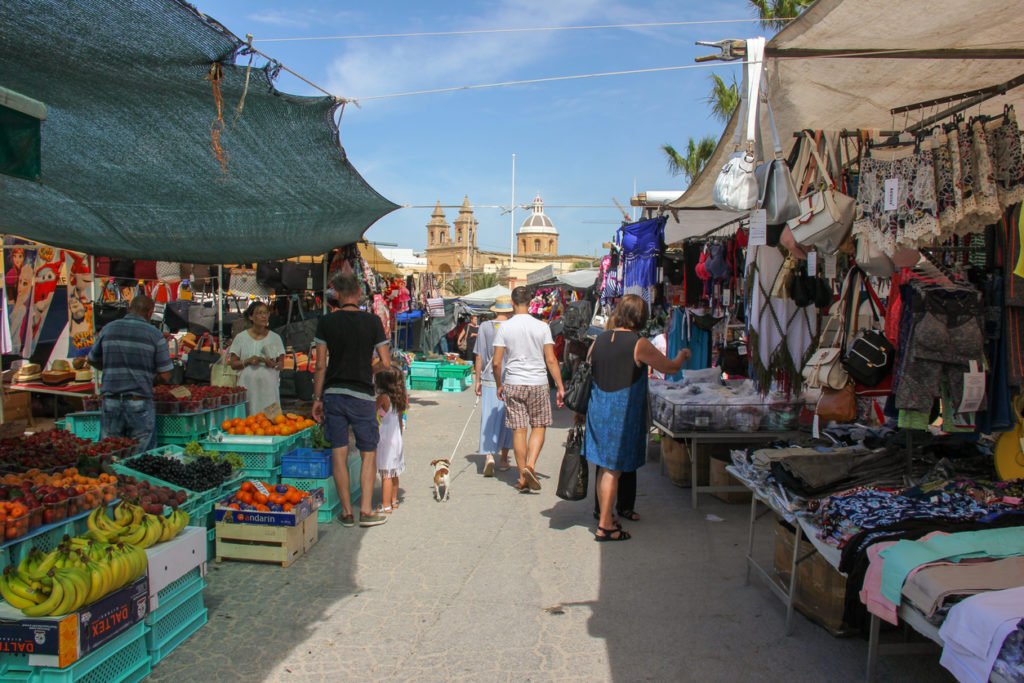
Malta became a republic in 1964 and has known a path of progress and stability ever since. It is a flourishing nation that keeps up with contemporaneity without sacrificing its traditions. Malta is fond of all its beliefs and practices and, even though urban Malta is cosmopolitan and modern, you’ll still feel that old-world charm and have access to a plethora of cultural sights meant to keep the past alive and visitors interested. It’s true that Malta is a Latin European country but the British influences are still prominent.
If you enjoyed this article you may also enjoy reading about city breaks.

